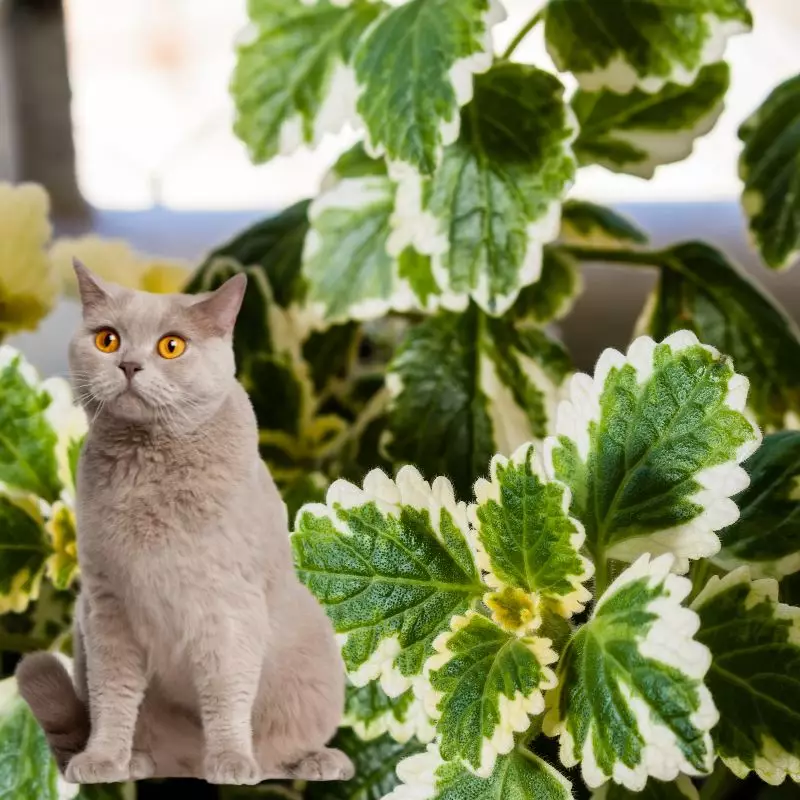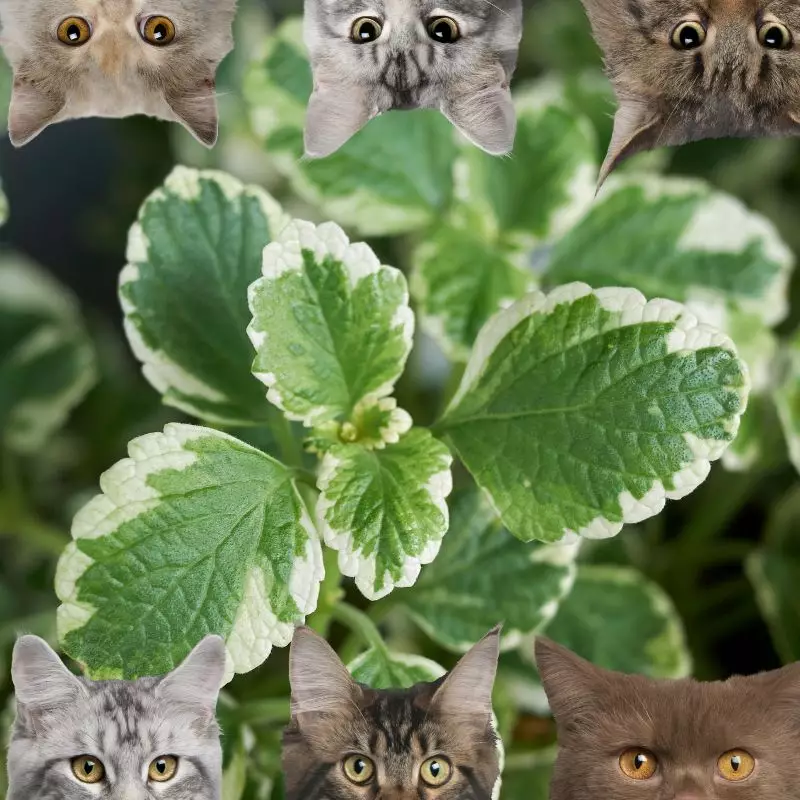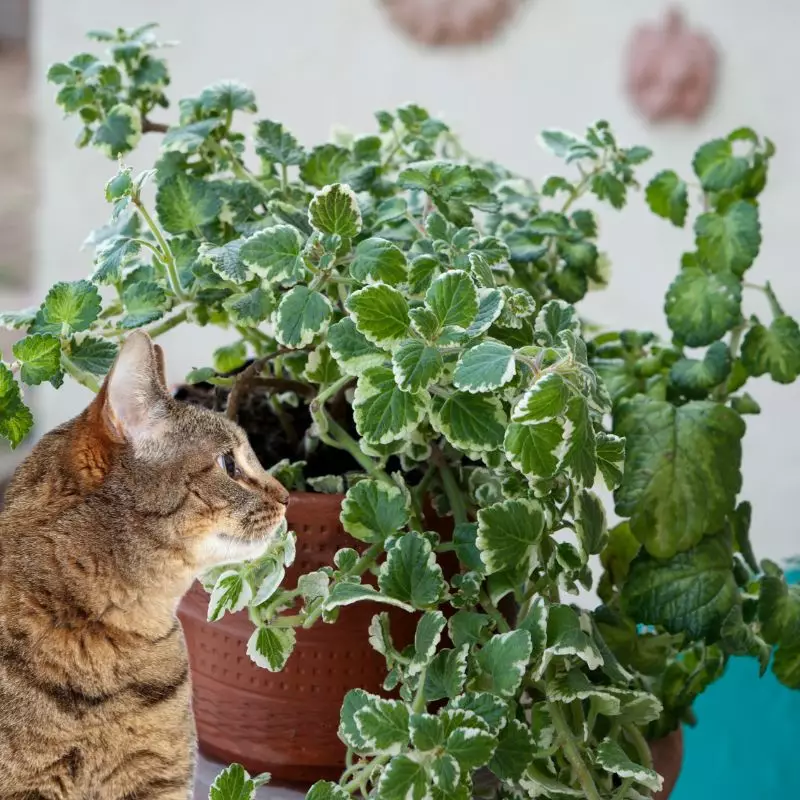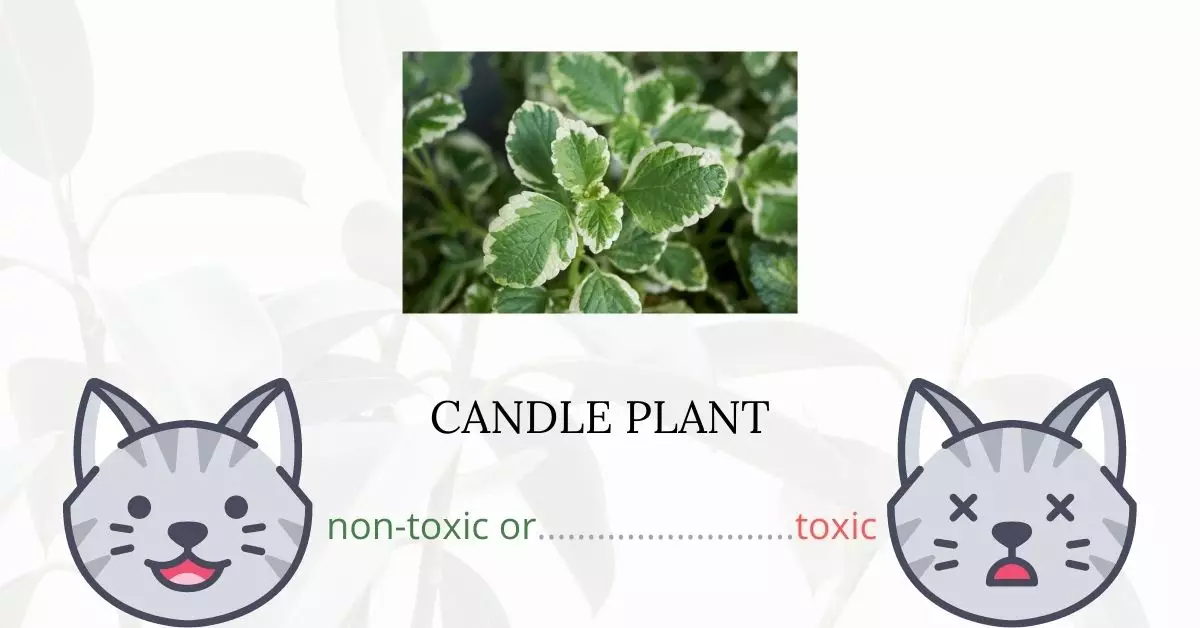The succinct response to whether candle plants are toxic to cats is a reassuring no; cultivating candle plants at home poses no toxic threat to our feline companions. However, it is crucial to discern that its classification as a safe plant doesn’t necessarily imply it’s suitable for feline consumption.
This article, crafted in collaboration with a cadre of experienced Doctors of Veterinary Medicine (DVMs), strives to delineate accurate and the most recent insights regarding the potential risks of candle plants, among other flora, and their impacts on cats. The collective wisdom of these veterinary professionals empowers us to offer precise and reliable information. Furthermore, to validate our findings, extensive research has been undertaken, consulting high-authority resources such as the ASPCA and PetMD, ensuring that every piece of information regarding the plant’s effects on cats is thoroughly corroborated. Continue reading to explore more about the candle plant and its potential implications on cats.
Can Cats Eat Candle Plant?

To answer this directly, yes, cats can eat candle plants. Cats will not suffer from severe consequences if they happen to eat a small portion of a candle plant. However, eating the plant in large quantities is another thing.
Felines will have a hard time digesting plants. This is because they do not have the capability to digest plant materials since they are carnivorous animals. If they happen to eat too many plant materials, they may experience mild vomiting and diarrhea. While it is only a temporary ailment, it is still best to prevent your cat from chewing on plants to avoid any kind of sickness.
What is Candle Plant?

The candle plant or botanically called Plectranthus coleoides is a perennial plant from the Lamiaceae plant family.
Plectranthus is a genus comprising 85 species of herbaceous perennial plants, seldom annuals or soft-wooded shrubs, that are often succulent and have a tuberous base. Southern and tropical Africa, Madagascar, and Sri Lanka all have these species.
There are several cultivars of plectranthus that are grown as decorative plants. They have aromatic leaves and a semi-trailing habit. They look fantastic in a variety of pots, window boxes, and hanging baskets. Their velvety leaves offer brilliant red, pink, green, and purple hues to beds and borders, as well as pots and containers. The plant adds aesthetic value indoors and looks spectacular all year round.
Keeping Cats Away From Candle Plant

It is important to teach your cats to stay away from your plants. This may take a long time but it will be beneficial for both of you and your plants will thank you too.
Cats are attracted to containers that look like their litter box, such as a huge container of potting soil. You may want to consider changing your pots to prevent your cat from disturbing your plants. Putting sharp-edged rocks or other materials on top of the soil can also help. Just make sure that the materials you use on the plant will not interfere with its growth.
Plants to Avoid For Your Cats
If you are a cat owner and unsure if the plants growing in your yard are harmful to your cats, check out this list of toxic plants for cats. You can also check our list of non-toxic plants for cats.





